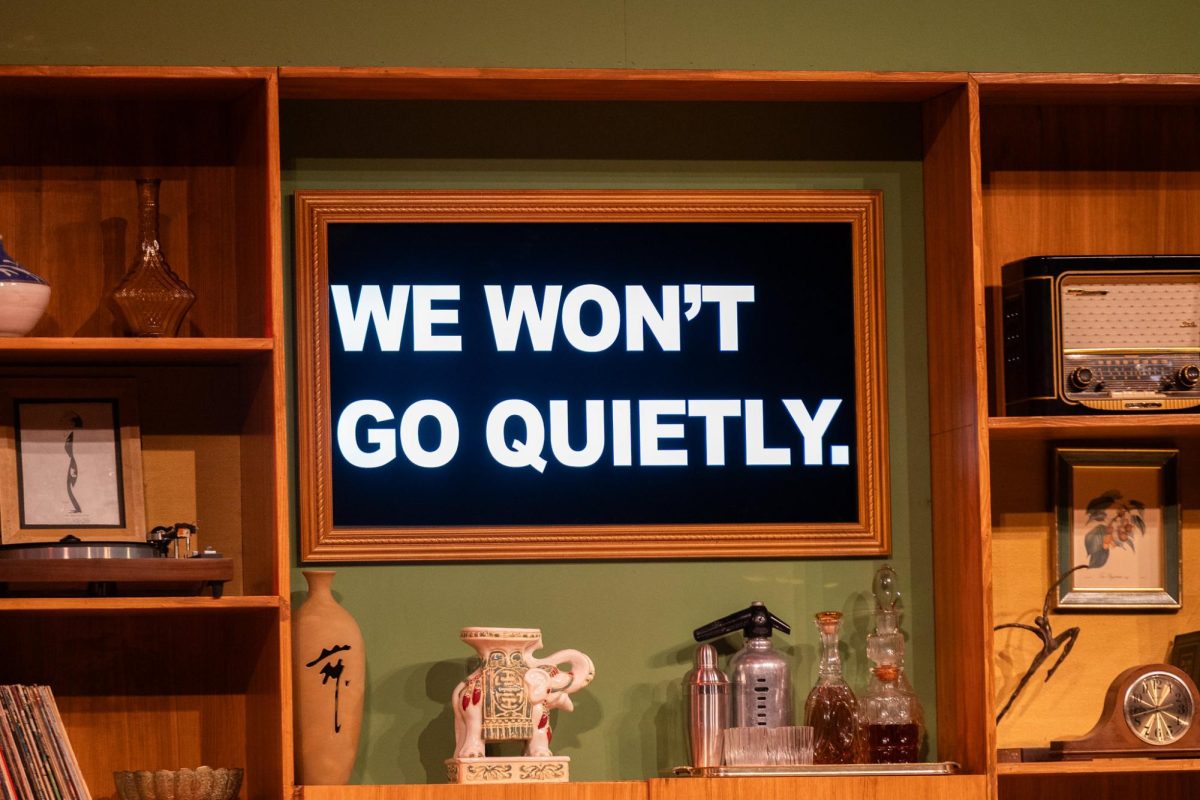What else could possibly be said about one of the most spectacular filmmakers to ever grace the industry with his beloved animated tales of imagination, love and triumph of the human spirit? In “The Wind Rises,” announced by Hayao Miyazaki to be his final full-length feature as a director, he accomplishes a career marked by hand-drawn dreams and indescribable beauty.
Miyazaki is a legendary Japanese animator and co-founder of Studio Ghibli, an animation and film studio, who has directed 10 other major motion pictures. A few of his more recognizable features include “Ponyo,” “Howl’s Moving Castle,” “Princess Mononoke” and the Academy Award-winning “Spirited Away.”
“The Wind Rises” concludes his legacy with a story about a man named Jiro Horikoshi (voiced by Joseph Gordon-Levitt), which chronologically follows the historical background of his aircraft developments during World War II in Japan, yet the depiction of his private life is highly fictionalized.
Inspiration to create the film came to Miyazaki after reading a quote from Horikoshi which said, “All I wanted to do was to make something beautiful.”
As a young boy, he dreams of flying airplanes and one day becoming a pilot, but is worried he won’t be able to due to the fact he wears glasses. Through several dream states he encounters a man named Caproni (Stanley Tucci), a well-known Italian aeronautical engineer he’s read about, who encourages him to follow in his footsteps and design planes instead of flying them.
Hirokoshi believes this is his true calling, but he is concerned about his airplanes and the possibility of them only being used for the war effort. He simply wishes to create beautiful planes without weaponry involved, which is one of the ways Miyazaki tackles the anti-war theme.
An interesting thing to notice is in comparison to his other films, which all leave things highly imaginative for the viewer, “The Wind Rises” is his most realistic feature in terms of visual content, with most of the creativity being shown in Hirokoshi’s visions and the rest being a genuine portrayal of the simple life of an aspiring engineer throughout the years.
Pacing picks up as Hirokoshi becomes a young man on his way to a university where he studies engineering. He meets a young woman named Nahoko Satomi (Emily Blunt) on a train and they experience the Great Kanto Earthquake of 1923 firsthand. Hauntingly surprising and devastating, Hirokoshi ends up helping Satomi return to her family, where they then part ways.
Years pass by and they eventually meet up again, soon sharing a special moment due to Satomi never being able to thank Hirokoshi for his heroics when they were younger. Their relationship grows and grows and eventually they fall in love, but things get complicated when it’s revealed that Satomi has tuberculosis and refuses to get married until she’s recovered from it.
The film achieves a consistent flow of peaceful energy throughout its entirety, with many enjoyable and interesting characters in support of the main cast. Comic relief is often aided through Horikoshi’s younger sister who complains about his insensitivity to visit her and the family enough, as well as his boss, a short tempered and stern man who is a big softy inside.
One of the most pleasant inclusions is the theme song used for the trailer. It is different from traditional Studio Ghibli songs, as it was not originally made for this movie but instead written in 1973 by an artist named Yumi Matsutoya called “Hikōki-gumo,” dedicated to her friend who passed away and chosen by Miyazaki himself.
It’s hard to decide whether or not this is Miyazaki’s finest work, although the quality of animation continues to be a breath of fresh air in everything he touches, especially considering it has been five to six years since his last film was released. The film made its way to U.S. theatres in select cities on Feb. 21 and received a wider release on Friday to small local theaters.
With a nomination for the Academy Award for Best Animated Feature, it is sure to be picked up in many more movie theatres soon enough and is definitely worth spending money on a ticket to see some of the greatest and most visually stunning animation imaginable.
If this is truly the last directorial adventure Miyazaki ever oversees, it has certainly been one long and prosperous ride with decades of memories destined to live on forever. “The Wind Rises” is a well deserving goodbye masterpiece for a legendary storyteller with its powerfully uplifting nature and overwhelmingly heartfelt reflection of love where dreams take flight.



































